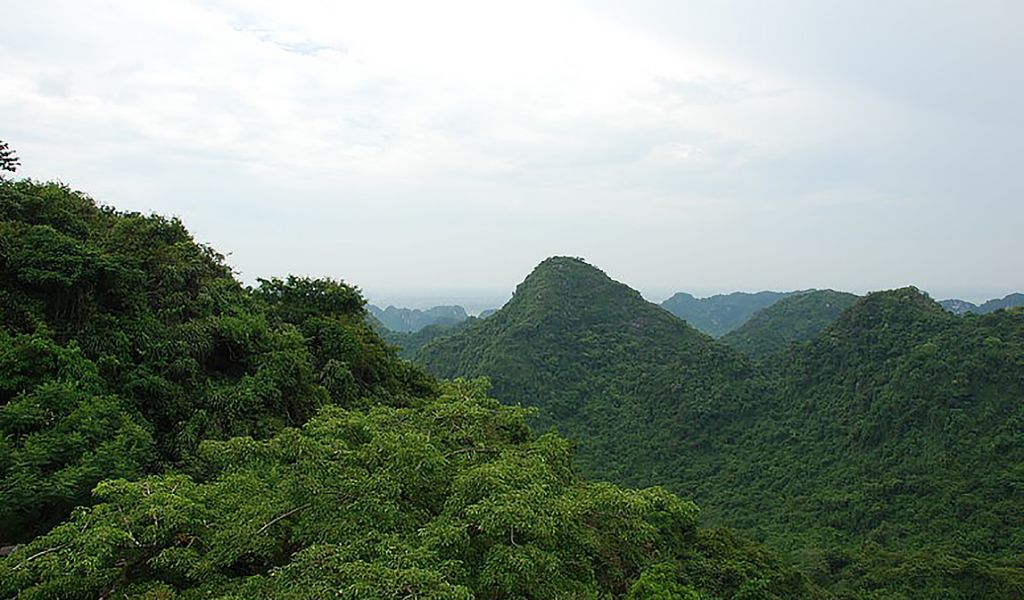The Year of ‘Forests for People’ – Living Between Hope and Reality

The United Nations International Year of Forests, with the theme ‘Celebrating Forests for People,’ just drew to a close. Many applauded the UN for choosing a theme that signaled attention to people, the stewards of forests, who have long been neglected.
In fact, ‘forests for people’ is not a new discourse at all. In 1978, the World Forestry Congress had the same theme. So now, 33 years later, we must ask ourselves again: how much progress has been achieved for forest-dependent people? Are they now playing a more active role in forest management? Are they benefiting more from forests and forestry?
In the 1980s and 1990s there was a growing interest in the role of forests in poverty reduction. During that period, the timber industry (logging concessions, pulp and paper, furniture sector) multiplied rapidly. Asia’s rich forests were a major source of national revenues in many countries. There was a lot of hope that local people could benefit from this development. Unfortunately, what was hoped for was not always the reality.
Nancy Peluso, Henry J. Vaux Distinguished Professor of Forest Policy at UC Berkeley, in her seminal 1990s book Rich Forest Poor People, observed how poor people living in and around teak plantations in Java, Indonesia, did not benefit from the plantation and industries that processed the teak. They remained the poorest members of society despite the fact that they lived around one of the most valuable timber species in the world. This gap was largely attributed to mismanagement by the State Forest Enterprises and exclusion of local people.
Today, we are in a relatively different situation. Much of Asia’s natural forests have been logged and converted to other land uses such as oil palm and rubber plantations, agriculture, residential areas and so forth. In addition, illegal logging is rampant and has been a major cause of deforestation. Asia lost 3.7 million hectares of its pristine natural forests each year over the course of the last two decades.
We do not have our rich forests anymore – they are gone! We have poor forests and huge areas of secondary forests, bare and degraded land. Where we still have good quality primary forests they are often located in protected areas or in steep slopes inaccessible for logging. This is a sad reality that we have to swallow.
In the region, there are still more than 400 million people living under the poverty line, many of whom live in and around the forests. They often depend on forests for their livelihoods and survival. Their income is less than $2 per day. At the same time, they have fewer resources available in the forests due to rapid forest conversion.
Perhaps, it is not an exaggeration if we describe our current situation as Poor Forests Poor People, something that Nancy Peluso and many of us could not have anticipated 30 years ago. Sadly, this is the reality – sober and frustrating – that we face today. Naming and blaming will not help, as somewhere along the line we all have a share of blame. So, let’s stop pointing fingers and ask ourselves honestly, is it really too late?
I believe there is hope for Asian forests. There is time to act – but it has to be now. It is better late than never to pursue the progress being made on a number of fronts. A recent report by RECOFTC – The Center for People and Forests and European Forest Institute indicates that as much as 27% of Asia’s forests are now owned and managed by local people, compared to only a small percentage 30 years ago. This improvement is largely thanks to the decentralization and devolution process in many countries and the development of community forestry schemes. This trend is expected to continue.
In the last two decades, communities and local people have played a key role in the rehabilitation of degraded land in China, Philippines and Vietnam. Forest cover has come back in those countries due to large scale reforestation schemes. The list of examples of good community forest management continues to grow, shoring up the argument that communities are good stewards of forests.
‘Forests for People’ will become a reality in the near future only if we provide concrete opportunities for local people in commercial forestry and enterprise development so that they can generate more income. This is vital and a crucial base on which future progress must be built.
Forest people need an enabling environment and policy support from governments and donors alike to help access markets for their products, including timber. Responsible partnerships with the private sector should be accelerated. Businesses have as much to gain or lose from environmental degradation and climate change as recent events have tragically shown across Southeast Asia. In Thailand alone, the loss from floods is estimated at 1.4 trillion baht by the World Bank. The time has come for private sector involvement in conservation and inclusion initiatives rather than exploitation and eviction of local people from their forests. The key is to ensure that whatever schemes we introduce, communities will be regarded as partners who stand to benefit from them.
This means that the future of Asian forests will very much rely on how communities and local people are engaged in sustainable forest management. Community forestry, boosted by an enabling policy environment, is key for solving current and emerging challenges both at a national level and for local communities and indigenous people. Forests for People can be a reality, not just a slogan.

